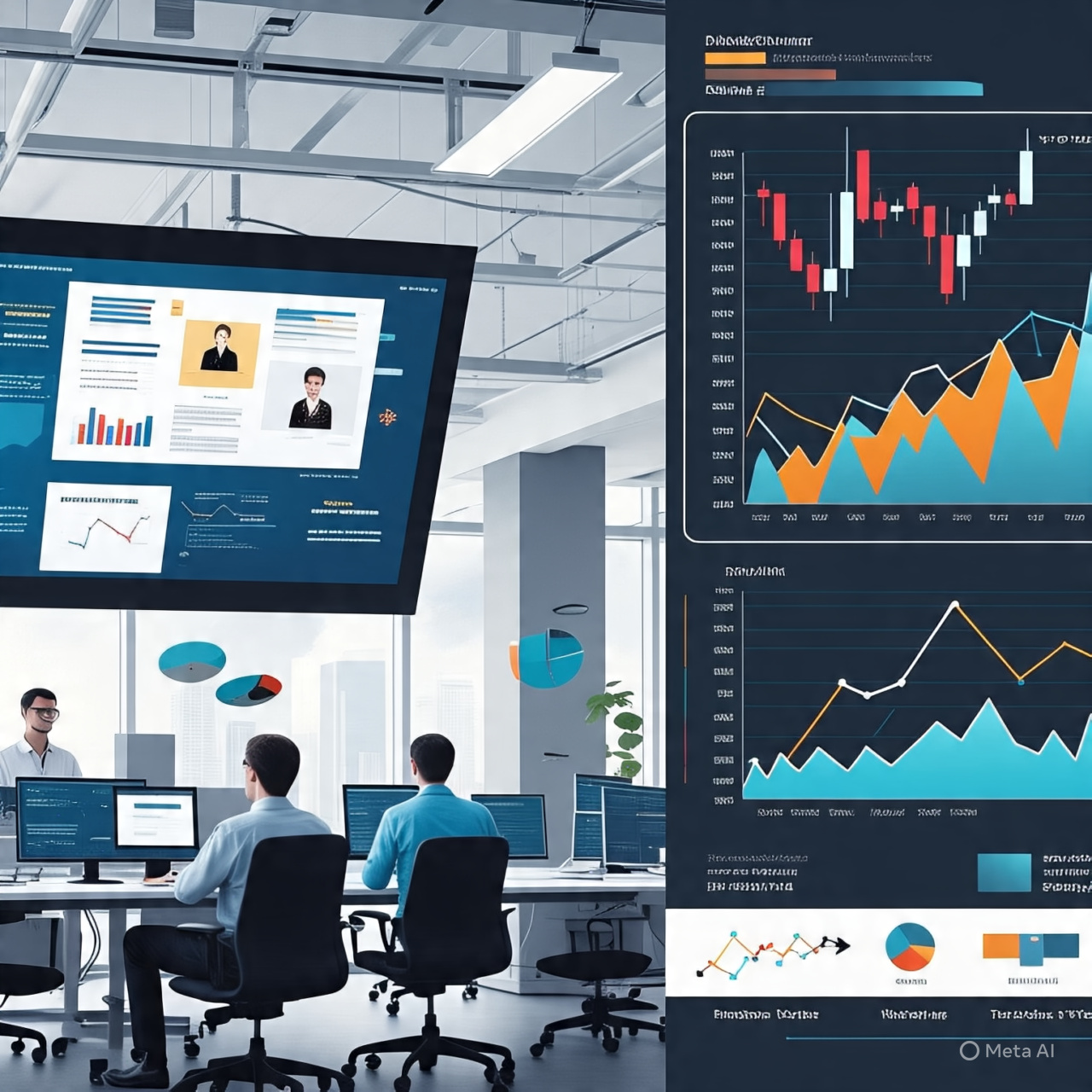Financial forecasting has always been a mixture of data analysis and educated guesswork. However, nowadays, with AI evolving at a breakneck pace, the precision and reliability of financial predictions are reaching unprecedented levels. Apparently, by the year 2025, AI-driven forecasting tools will radically alter the decision-making processes of businesses, investors, and economists—how accurate are they going to be, though?
AI in Financial Forecasting in Ascendancy
AI has made significant inroads into financial modeling, being supported by:
Machine learning (ML) algorithms: analyze historical trends
Natural language processing (NLP): perform real-time sentiment analysis
Predictive analytics: adapt to market volatility
The big financial institutions, hedge funds, and even fintech start-ups apply AI to:
✔ Predict stock market movements
✔ Optimize portfolio management
✔ Forecast economic recessions
✔ Detect fraud before it happens
How Accurate Is AI Forecasting Today?
Different AI financial models have some advantages over traditional statistical methods:
Timeliness in Data Processing – AI can analyze millions of data points in seconds.
Adaptive Learning – Models improve the more market data they ingest.
Sentiment Analysis – AI plows through news, social media, and earnings calls to get a feel for market mood.
Still, there are limits:
❌ Black swan events (e.g., pandemics, geopolitical shocks) still disrupt forecasts.
❌ Risk of overfitting – AI could shine in backtesting but fail spectacularly in reality.
❌ Bias – Forecasts are only as good as the data fed into them.
How AI Forecasting Will Improve by 2025
1. Hybrid AI-Human Models
AI crunches the data; human experts fine-tune their contextual insight.
Example: Hedge funds apply AI for algorithmic trading with human oversight.
2. Real-Time Updates for Predictive Models
AI would process live economic data–interest rates, employment stats, etc.–and instantly update calculations.
3. Explainable AI (XAI)
Regulators require auditable AI decisions, so newer models will better clarify how predictions arrive.
4. Integration of Breakthroughs from Quantum Computing
By 2025, quantum AI will be capable of completing complex risk assessments in seconds.
Potential Risks of Over-Reliance on AI
⚠️ Algorithmic herding – Stability of markets may be compromised if several companies employ similar AI models.
⚠️ Manipulation – Ill-intended agents might feed AI incorrect data to skew its predictions.
⚠️ Regulatory gaps – Governments lag in keeping abreast with the rapid development of AI.
Will AI Replace Financial Analysts?
Not completely. While AI excels at data-driven predictions, human judgment is indispensable for:
✅ Interpreting unusual market conditions
✅ Ethical decision-making
✅ Regulatory compliance
Likely, the future is one of collaboration: AI will process all the numbers, while humans will steer strategy.
Conclusion: How Far Will AI Forecasting Go?
By 2025, AI financial forecasting will be incredibly accurate, although not immune to mistakes.
Expect:
✔ Improved risk assessment in trading and lending
✔ Greater customization in robo-advisory investment proposals
✔ Faster fraud detection in banking
Yet the unpredictable occurrence of global events and ethical implications means AI can never fully eradicate uncertainty; it will only be able to make it somehow manageable.
Share this content:

No responses yet